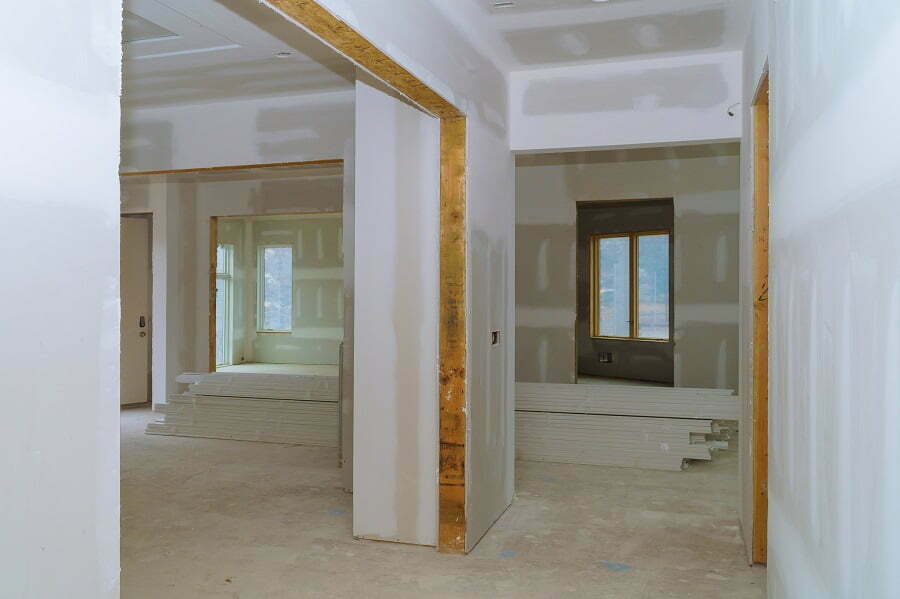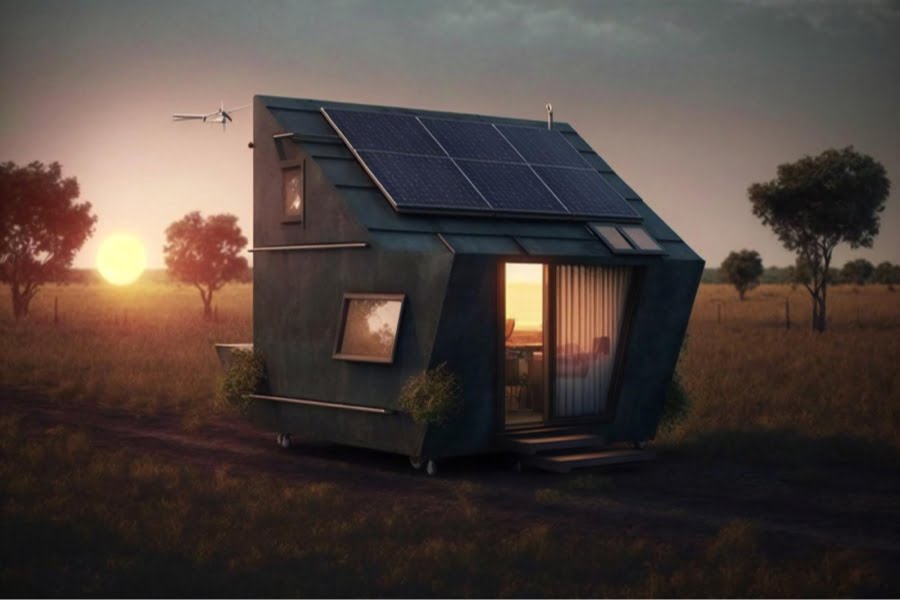Last updated on
Resilience is essential for homes in flood-prone areas. Today, buildings can withstand floods due to advanced construction techniques. Flood-resistant homes integrate materials and innovative designs to resist floods. These houses stay stable during rising water levels, providing security to homeowners.
Thriving in floods requires more than survival. Architectural marvels that have stood the test of time can captivate you with their lasting beauty. Meanwhile, residents of flood-prone areas can benefit from a symbiotic relationship with nature. Sustainable landscaping and rainwater harvesting can be a part of their daily routines.
Functional houses in flood-prone locations are a testament to human ingenuity. Protecting homes from floodwaters requires flood-resistant structures. A flood vent, an elevated foundation, and good drainage are some solutions to prevent significant flooding damage to homes.
Here are some of the essential things to consider when building a prefab home in a flood-prone area:
Elevation and Foundation
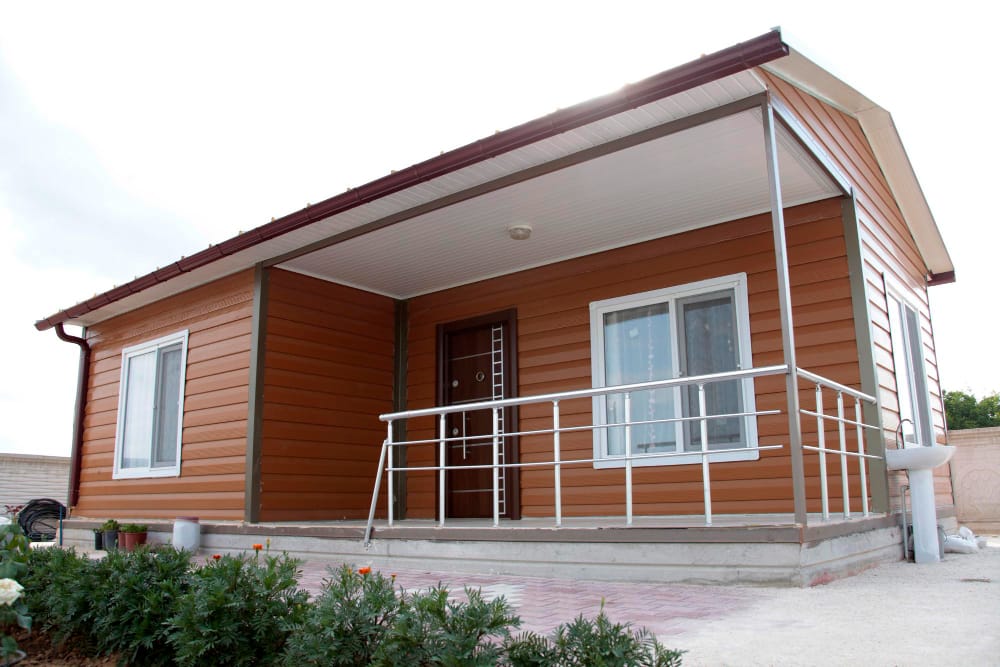
When constructing prefabricated homes in flood-prone areas, one of the essential factors to consider is the structure’s elevation above the base flood elevation (BFE). The BFE represents the estimated height of floodwaters during a 100-year flood event. Elevating your prefab home above this level is crucial to ensure its safety.
On the other hand, homes are commonly placed on pilings or piers in coastal areas where hurricanes and storm surges are common. These foundations provide the required height to keep the living area above anticipated floodwaters. The needed elevation can vary depending on local legislation and the area’s specific flood threats.
Examining historical flood data, floodplain maps, and the possibility of future changes in flood patterns is critical when choosing the proper elevation. A trained engineer or architect can assist you in making informed decisions about your prefab home’s elevation.
Flood-resistant Materials
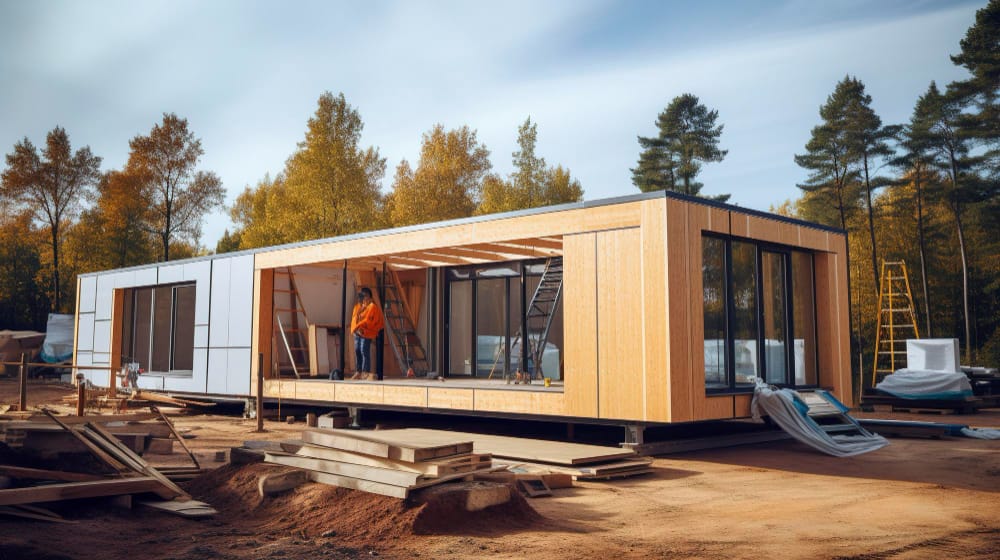
Another critical factor to consider when constructing prefab homes in flood-prone areas is the use of flood-resistant materials. Floodwater may wreak havoc on typical building materials like wood and drywall. Reducing this risk requires selecting materials that can tolerate water exposure without deterioration.
For example, you can use pressure-treated wood for structural parts such as framing and supports. Pressure-treated wood can resist rotting and decay when exposed to moisture. Meanwhile, concrete and steel are ideal building materials. They’re highly durable and less prone to water damage.
Consider using moisture-resistant insulation and finishes to safeguard your home’s interior. Some homeowners use closed-cell spray foam insulation to minimize water intrusion while preserving the structural integrity of the walls and ceilings. These materials can improve the prefab home’s resilience, contributing to its longevity.
Design Considerations
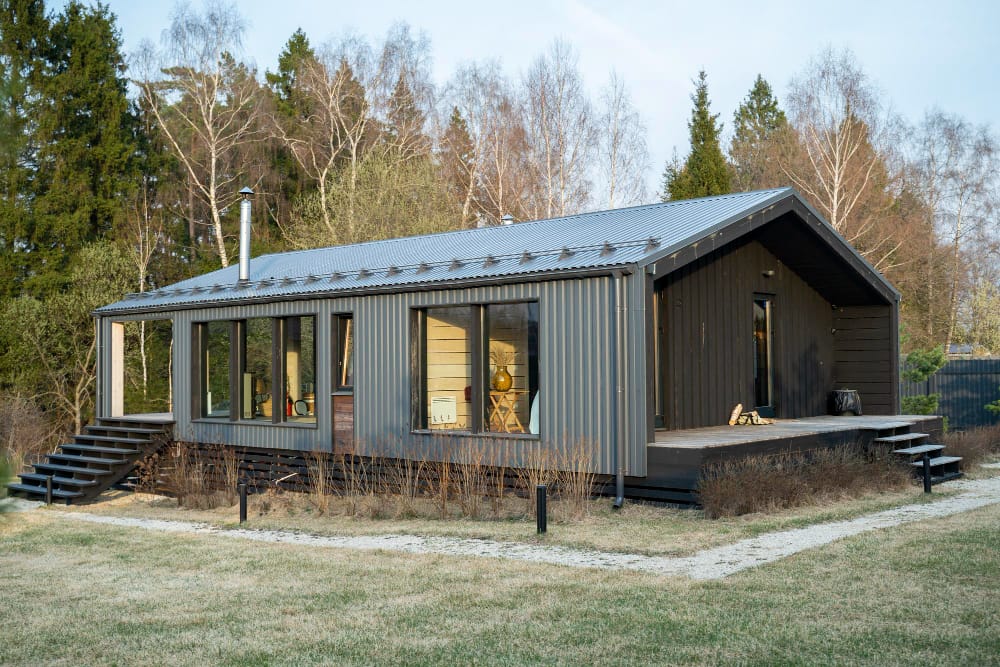
Designing a prefabricated home in a flood-prone environment requires flood-resistant elements. One critical component is ensuring doors and windows are flood-resistant or elevated above projected flood levels. Making them flood-resistant requires equipping them with seals and systems that keep water out.
You can also incorporate flood vents into the design. Floodwater can flow through holes, lowering the water pressure. You can place them around the foundation to drain floodwater, reducing the risk of structural damage.
Local Building Codes and Regulations

Following local building regulations and laws secures the safety and resilience of structures in flood-prone areas. Noncompliance with these requirements may result in legal implications and increased flood risks.
Many coastal cities impose strict building standards that require elevated foundations, flood-resistant materials, and specific construction procedures. These laws are intended to reduce the impact of floods on homes while protecting people’s safety.
Before beginning construction, it’s crucial to investigate and understand local building codes and get the required permissions. Consultation with a local building authority or floodplain management experts can help ensure your prefab home meets all the requirements.
Site Assessment
A complete site assessment is crucial in building a prefabricated home in a flood-prone location. It can help you understand the flood risks connected with your area. You may review historical flood data to evaluate the frequency and severity of previous flood events.
Floodplain maps can show you how bad flooding could be in your region. You can also consider the impact of climate change on future flood patterns. Meanwhile, did you know rising sea levels and greater rainfall can modify flood hazards?
Examining your site can help you make informed choices about your prefab home’s elevation and other flood-resistant measures. It can also reduce the chance of flood-related damage.
Emergency Preparedness
A complete emergency preparedness plan is essential. Ensure your home has secure entrance and egress points. When floodwaters are present, elevated walkways or steps might provide a safe method to escape. Consider the placement of utilities and electrical systems to minimize flood-related disruptions.
It’s also crucial to have emergency supplies on hand. Some examples are sandbags, portable flood barriers, and a disaster supply kit. These tools can help safeguard your home and family against floods and facilitate evacuation.
Meanwhile, obtaining flood insurance can help mitigate potential financial losses. Understanding the policy terms and coverage restrictions is necessary before acquiring flood insurance. Collaborate with your insurance agent to ensure protection.
The Takeaway
A proactive approach reduces the impact of natural disasters and protects homes and loved ones. Elevating homes, using resilient materials, and respecting local regulations demonstrate commitment to sustainability.
Being prepared can help you approach flood events confidently. Building a prefab home in a flood-prone area is an invitation to embrace nature and human ingenuity.
Related reading:
Table of Contents

